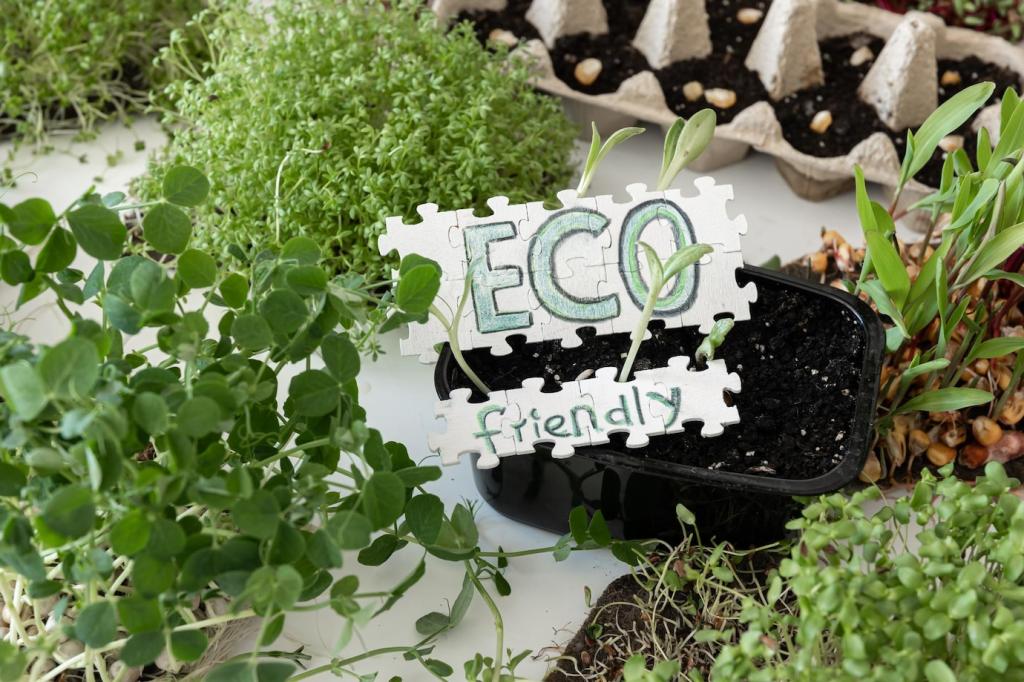Wood Care That Honors the Forest
For polyurethane-sealed wood, use a pH-neutral, plant-based cleaner and a slightly damp cloth. For oiled wood, even milder soaps protect the oil layer. Avoid soaking: moisture can creep into joints, causing warping and cloudy patches over time.
Wood Care That Honors the Forest
Choose tightly woven microfiber to capture dust using minimal liquid. Mist the cloth, not the surface, and move with the grain for a streak-free glow. This approach prevents water rings and keeps protective finishes intact for years of graceful wear.





